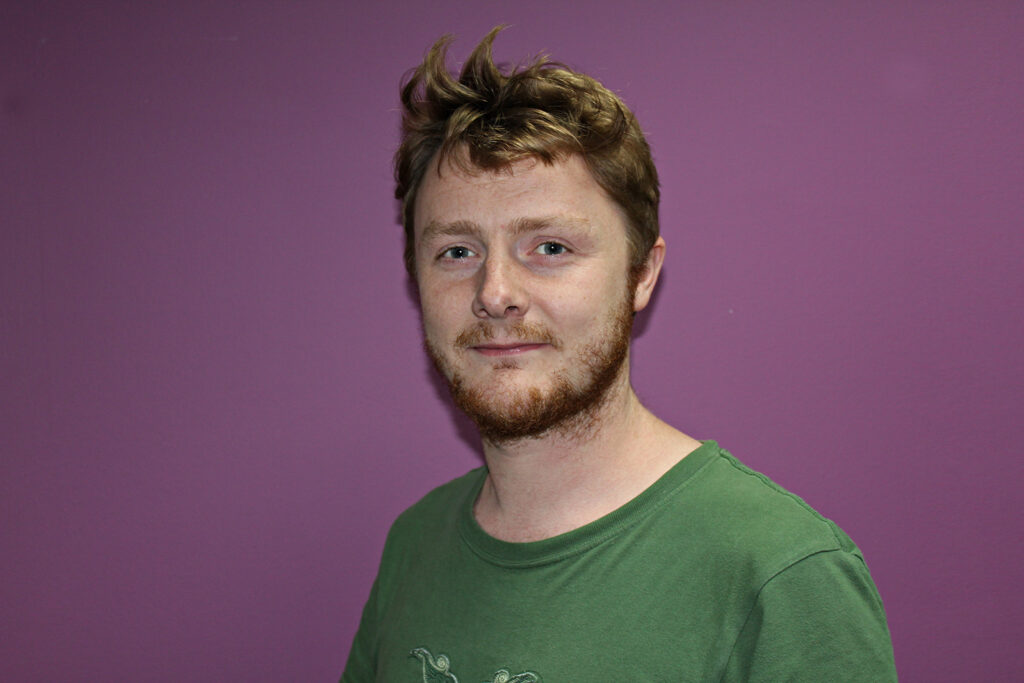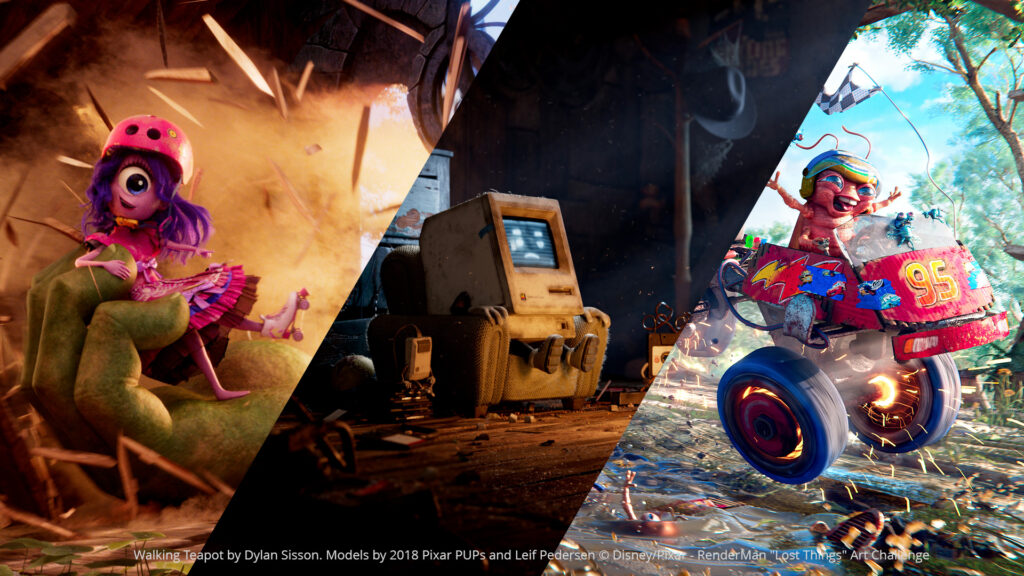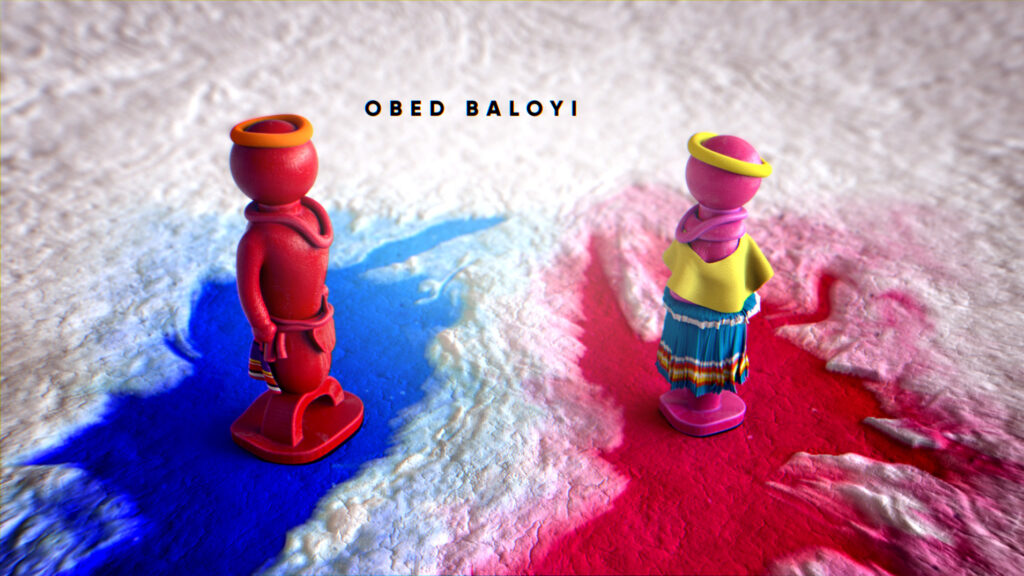Expert’s words: Adam Crowley

Wellcom – Director of Motion

Adam comes from a creative background, having studied illustration and (traditional) animation at university.
He started his digital career in web design and has since got heavily into digital animation and CGI. He has worked for advertising and digital agencies, going freelance in 2016.
He now works for Wellcom as the Director of Motion, a content production agency with expertise in solving creative, production and marketing challenges.

Wellcom
offers a very wide range of expertise to its clients, CGI being one
of them. Why was it important to have this knowledge « in
house » and to what extent is it complementary to the other
services you provide?
CGI
is becoming more and more prominent in all forms of media, especially
in the field of advertising. It can be way more effective than
photography or film, as it’s generally cheaper and has major
advantages in being able to adapt the work without an expensive
re-shoot. However, just as some clients will want to avoid CGI, some
will automatically assume a CGI route will be the best one, and
that’s not necessarily so. A good example: time-lapse video of a
plant growing. To find the best solutions to creative problems we
have to understand the potential, and limitations of the tools, be
that CGI, photography, film or illustration.
We
often run campaigns across different media, and it’s important for
Wellcom to streamline it’s approach to creating artwork.
For
example, if a campaign calls for video of a 3D camera pan around a
product, that needs to be considered before a 2D artist works on the
print artwork. It’s usually much easier (and coherent) to render off
a still from the animated work.
You
mostly use Cinema 4D on CPU. Will you keep on working with that
technology or do you think you will try the GPU rendering, and if so
why?
Personally,
I have dabbled with a few different render engines – with Cinema 4D
Standard, Physical and Arnold and with Blender Cycles and
LuxCoreRender. I have so far stuck to CPU rendering because I use a
Mac and currently that makes using Redshift and Octane a challenge.
However,
I am at this minute setting up a PC at home, as I need to work on a
project that was done in Redshift. So this might be the start of more
GPU rendering!
I’m
also looking forward to the imminent release of Octane X which will
allow Mac users to use Octane natively, using AMD graphics cards.
As
a producer, what do you think will be the biggest challenges you will
face in the coming years?
As
a Motion Director, I think the biggest challenge will be to keep on
top of all the different technologies that will come out. There is so
much out there, and so much I’d like to learn, and every year brings
new tools and ways of working to the table.
Cinema
4D updates usually bring with them new ways of working – recently it
was fields and volume modelling, which has turned out to be
incredibly useful for a lot of the stuff we do.
Houdini
is high on my list of things to learn, but know that I won’t learn it
overnight!
We
have recently seen big advances in realtime rendering, and would like
to utilise that for some of the work we do.
Another
challenge lies in the balance between technicality and artistry of CG
designers that we work with. We have found a few younger guys who
have loads of technical knowledge, and extremely keen to learn new
things, but getting a render to where it needs to be artistically
doesn’t come as naturally as it would to some of the more experienced
artists. Yet some of those have the opposite problem with
technicality and learning new things!
You
really need to have both, and I think the key is nurturing the
artistic side of the technically proficient youngsters, and
encouraging the more experienced to embrace new technical skills.




